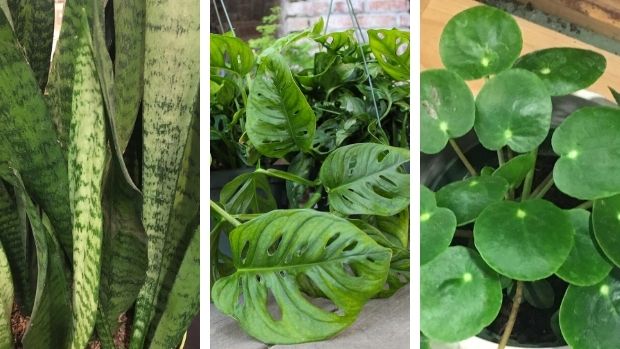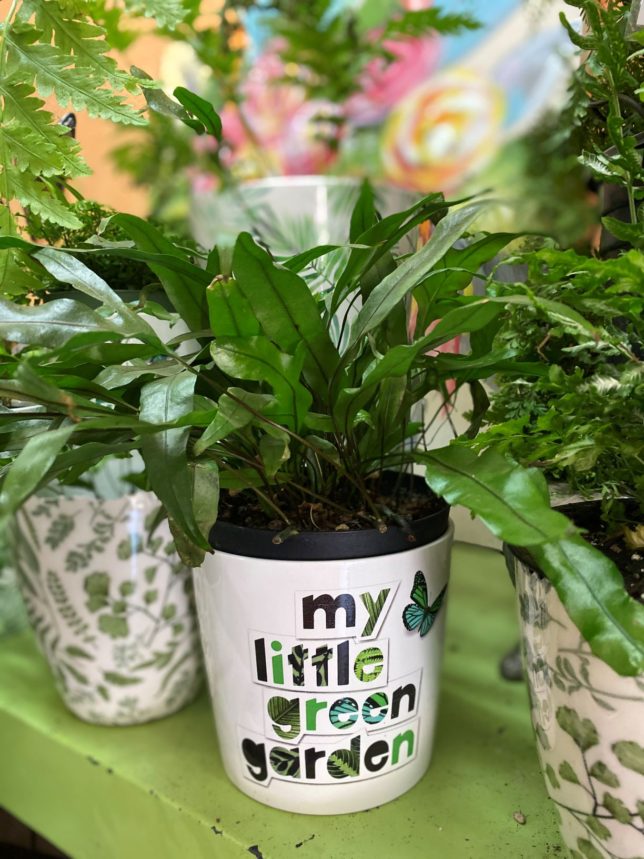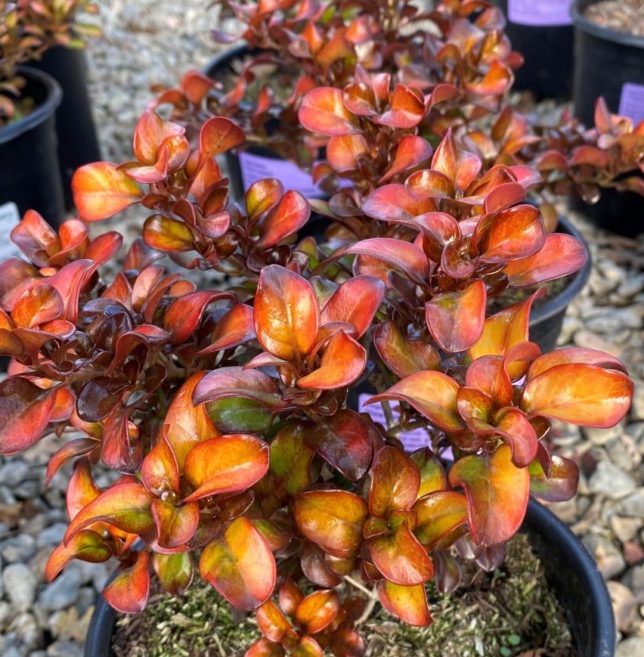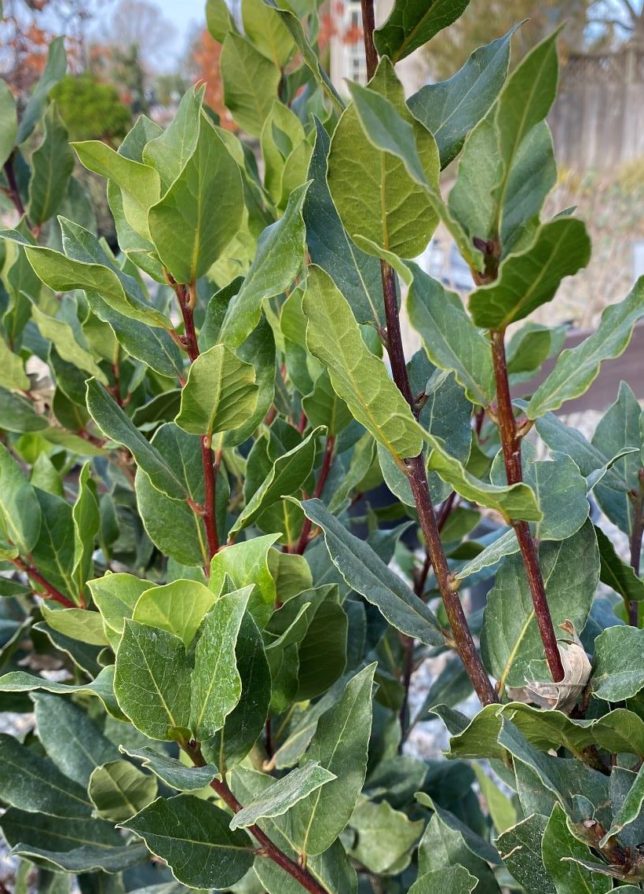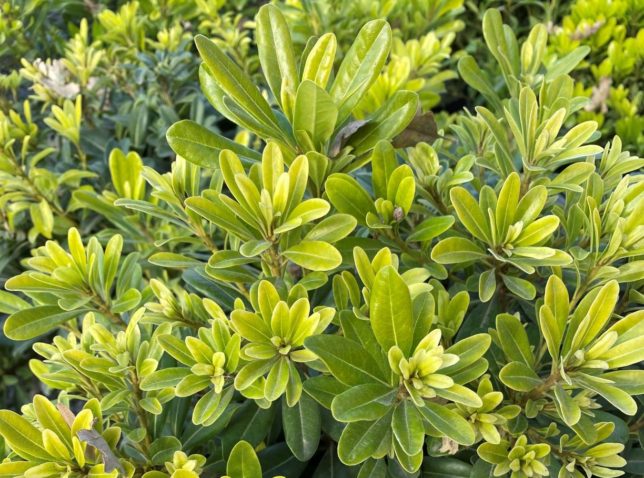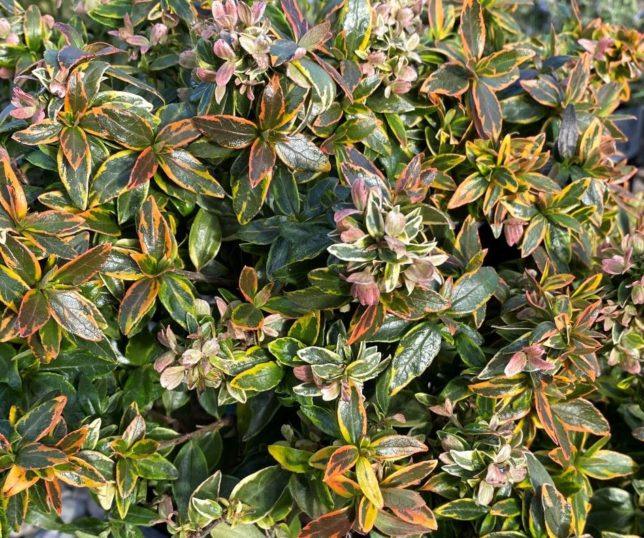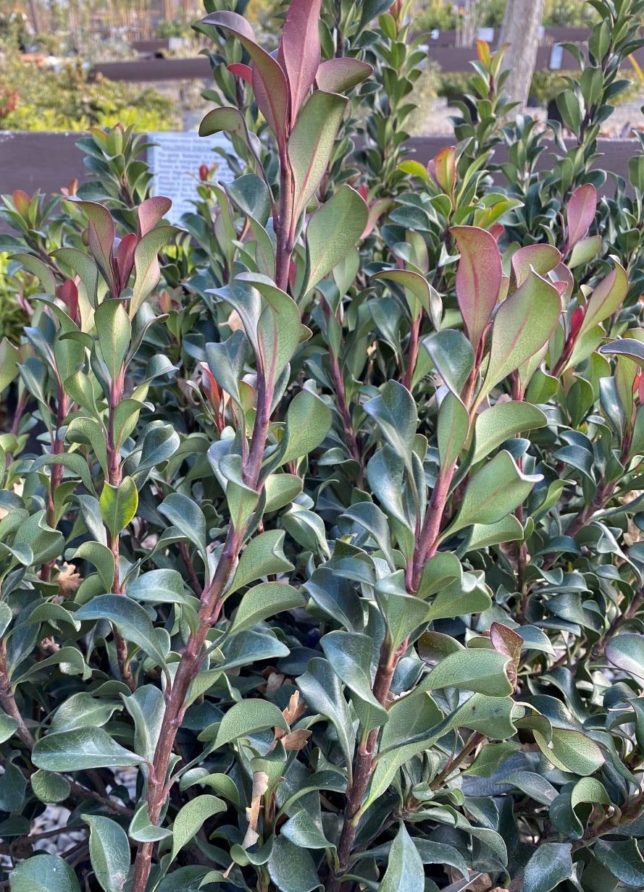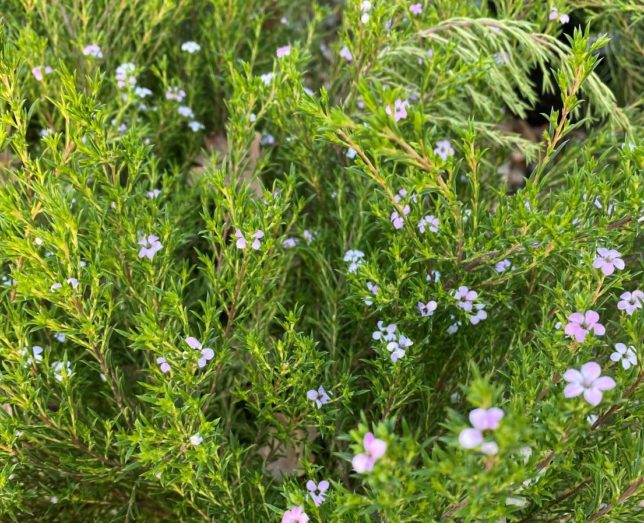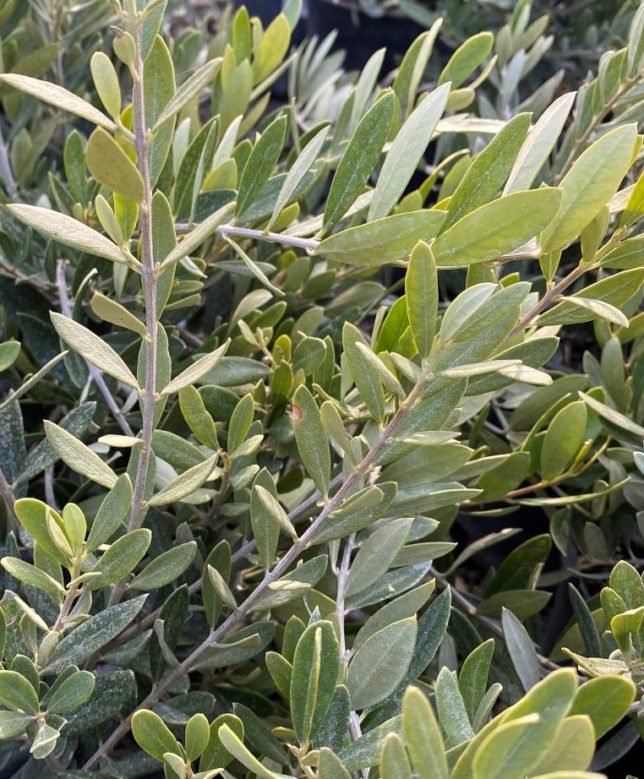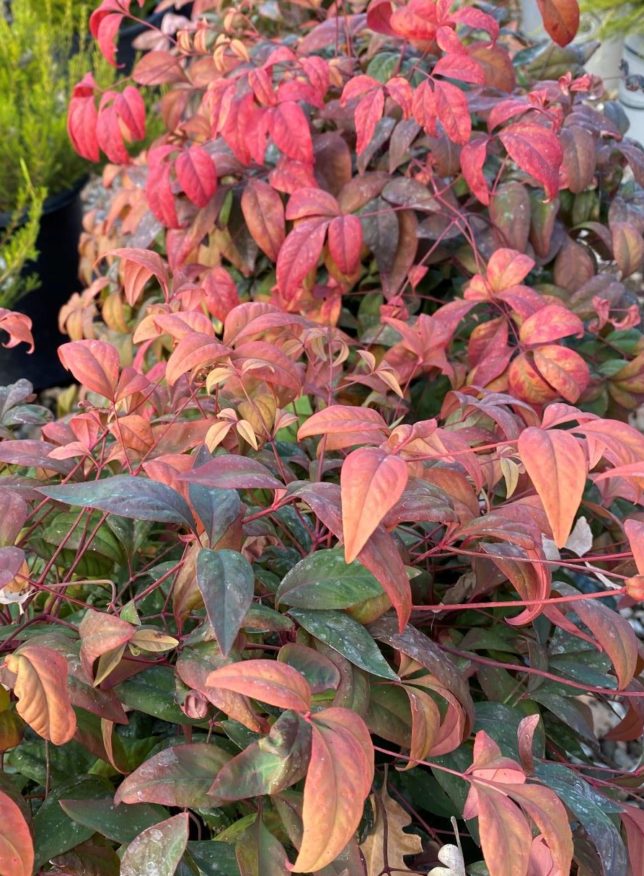 Choose your Camellias now! Seeing is believing, so choose now while they are in bloom. The selection is sizable, and you’ll be able to pick just the right color for your winter garden.
Choose your Camellias now! Seeing is believing, so choose now while they are in bloom. The selection is sizable, and you’ll be able to pick just the right color for your winter garden.
 Feed the lawn monthly especially during cold, wet winter months. Feeding often not only maintains its attractive green color all winter it also minimizes rust disease and other problems resulting from malnutrition (let winter rains water it in). Masters Fall and Winter Lawn Fertilizer is formulated for the winter season.
Feed the lawn monthly especially during cold, wet winter months. Feeding often not only maintains its attractive green color all winter it also minimizes rust disease and other problems resulting from malnutrition (let winter rains water it in). Masters Fall and Winter Lawn Fertilizer is formulated for the winter season.
 We are eagerly awaiting our shipment of bulbs which will arrive this month. All the bulbs you plant this spring will fill your summer gardens with armloads of beautiful cut flowers. Think about what great addition dahlias, gladiolus, and lilies will provide to a summer bouquet.
We are eagerly awaiting our shipment of bulbs which will arrive this month. All the bulbs you plant this spring will fill your summer gardens with armloads of beautiful cut flowers. Think about what great addition dahlias, gladiolus, and lilies will provide to a summer bouquet.
 Prevent crabgrass in your lawn before it starts. Apply Bonide Crabgrass & Weed Preventer now to prevent crabgrass seeds from sprouting.
Prevent crabgrass in your lawn before it starts. Apply Bonide Crabgrass & Weed Preventer now to prevent crabgrass seeds from sprouting.
 Place three inches of mulch around trees, shrubs, and flower beds to keep weeds under control. Keep the mulch away from the trunks of trees and shrubs as well as the stems of bedding plants to prevent crown rot.
Place three inches of mulch around trees, shrubs, and flower beds to keep weeds under control. Keep the mulch away from the trunks of trees and shrubs as well as the stems of bedding plants to prevent crown rot.
 Prevent Petal Blight. Pick up and remove old flowers on camellias and azaleas to reduce the chance of petal blight. If you have had trouble with petal blight before, treat soil around the plants with Captan before flowers open.
Prevent Petal Blight. Pick up and remove old flowers on camellias and azaleas to reduce the chance of petal blight. If you have had trouble with petal blight before, treat soil around the plants with Captan before flowers open.
 Seed Potatoes are available January into March. Choose from certified disease-free white, red, blue, and gold varieties. Harvest new potatoes when plants begin to bloom in June and more mature potatoes when plants start to die down midsummer. Pick up our handy planting guide.
Seed Potatoes are available January into March. Choose from certified disease-free white, red, blue, and gold varieties. Harvest new potatoes when plants begin to bloom in June and more mature potatoes when plants start to die down midsummer. Pick up our handy planting guide.
 A new houseplant for your love this Valentine’s Day says it best! Choose from an assortment of fragrant flowering bulbs, African violets and lush houseplants.
A new houseplant for your love this Valentine’s Day says it best! Choose from an assortment of fragrant flowering bulbs, African violets and lush houseplants.
 Sweet Daphne – An old-fashioned fragrance for your garden! Budded and blooming now. Perfect for bright shade. Great container plant. Waxy pink and white flower clusters will perfume a room.
Sweet Daphne – An old-fashioned fragrance for your garden! Budded and blooming now. Perfect for bright shade. Great container plant. Waxy pink and white flower clusters will perfume a room.
 Prune evergreen shrubs and hedges such as boxwood between mid-February and early March so that pruning cuts are quickly covered with spring’s new growth. (Leave frost tender plants like citrus to prune later.) Prune strap leafed New Zealand Flax and African Iris to 4″ if a biennial renewal is wanted. Foliage will grow back with a fresh crop of gorgeous leaves.
Prune evergreen shrubs and hedges such as boxwood between mid-February and early March so that pruning cuts are quickly covered with spring’s new growth. (Leave frost tender plants like citrus to prune later.) Prune strap leafed New Zealand Flax and African Iris to 4″ if a biennial renewal is wanted. Foliage will grow back with a fresh crop of gorgeous leaves.
 Apply Iron-Sulfur or non-staining Iron Plus now to help restore and maintain green color in acid-loving plants such as citrus, camellia, azalea, gardenias, Japanese Maples, and Blueberries as well as many others including jasmine and photinia.
Apply Iron-Sulfur or non-staining Iron Plus now to help restore and maintain green color in acid-loving plants such as citrus, camellia, azalea, gardenias, Japanese Maples, and Blueberries as well as many others including jasmine and photinia.
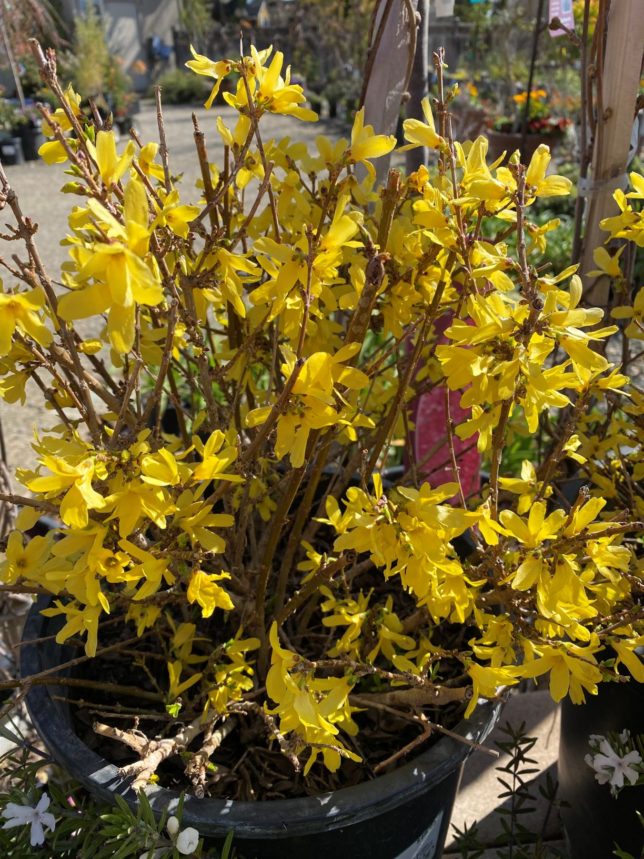
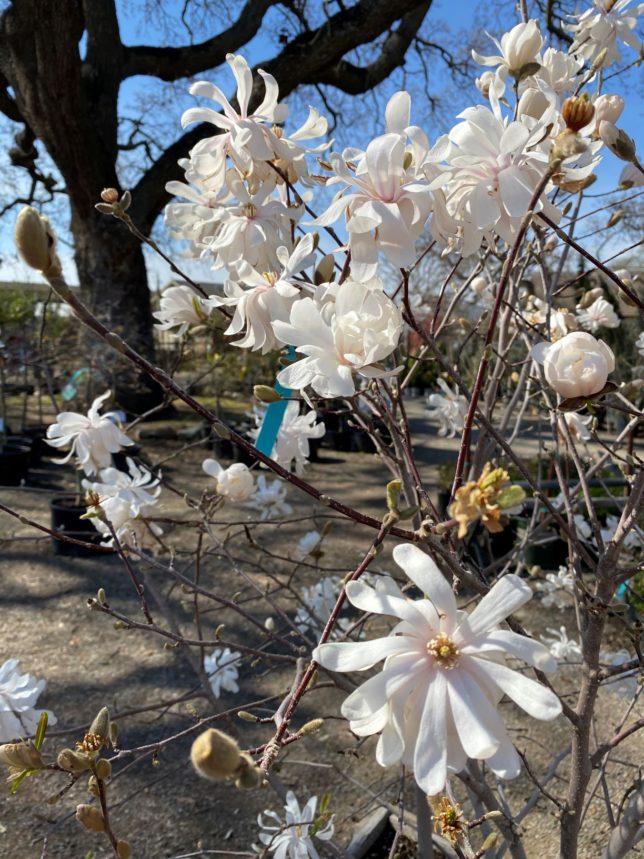

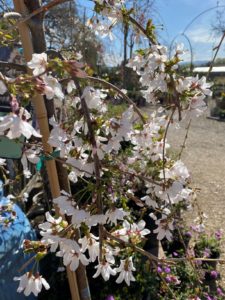
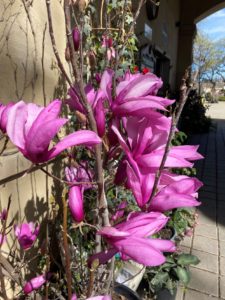

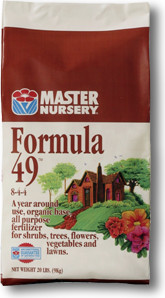 Feed! Feed! Feed! It’s time to refresh your garden plants. Fertilize all of your plants to support spring growth. For landscape shrubs and trees feed with Master’s Formula 49 All Purpose Plant Food. If you have citrus or avocado trees, use Master’s Citrus Food. Early March is an ideal time to start feeding fruit trees, grapes, and berries. We recommend Master’s Fruit Tree & Vine Food for the nutrition your plants need to produce the best crop ever! Your roses will appreciate a monthly feeding of Master’s Rose & Flower Food.
Feed! Feed! Feed! It’s time to refresh your garden plants. Fertilize all of your plants to support spring growth. For landscape shrubs and trees feed with Master’s Formula 49 All Purpose Plant Food. If you have citrus or avocado trees, use Master’s Citrus Food. Early March is an ideal time to start feeding fruit trees, grapes, and berries. We recommend Master’s Fruit Tree & Vine Food for the nutrition your plants need to produce the best crop ever! Your roses will appreciate a monthly feeding of Master’s Rose & Flower Food.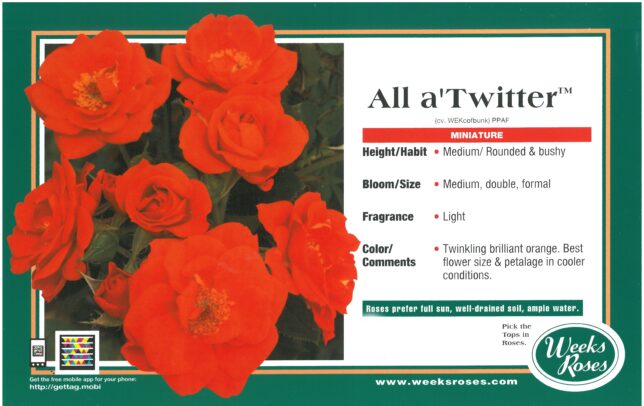
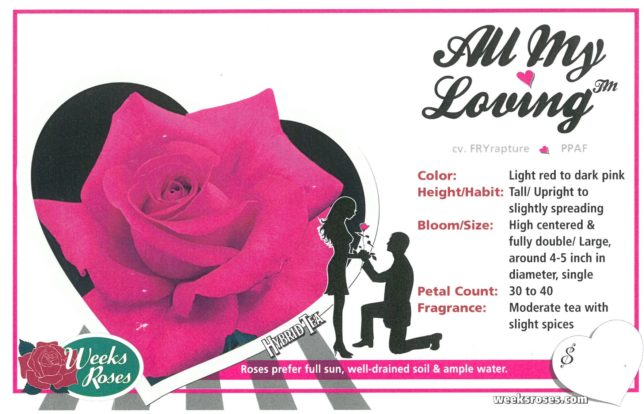
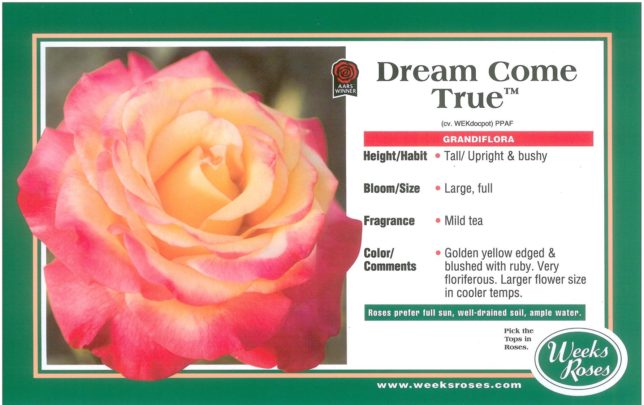
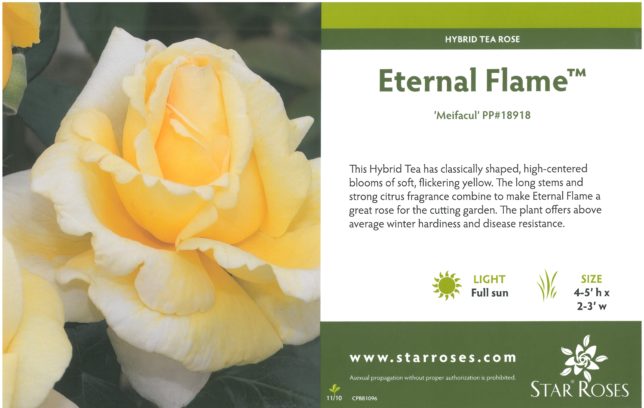
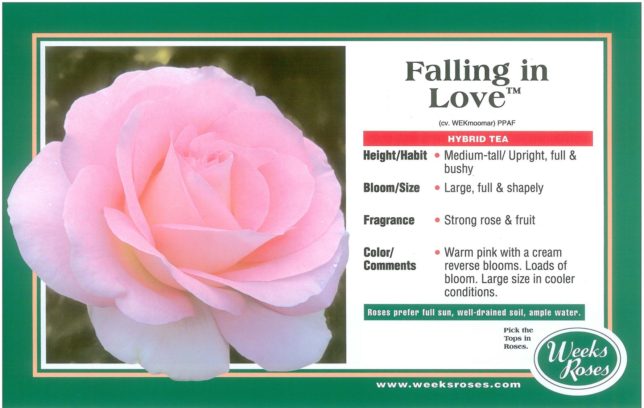
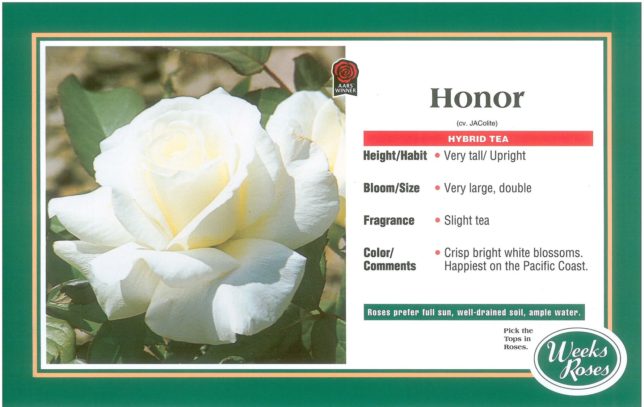
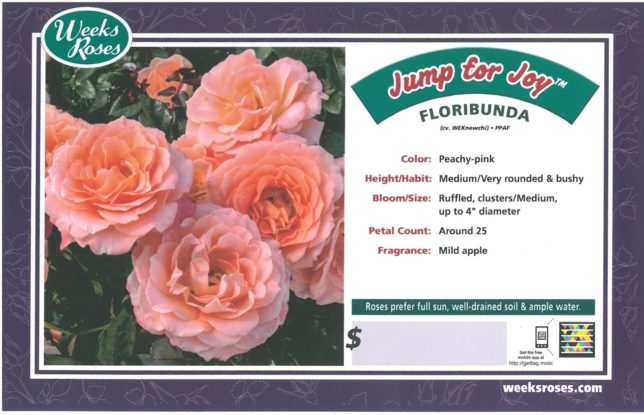
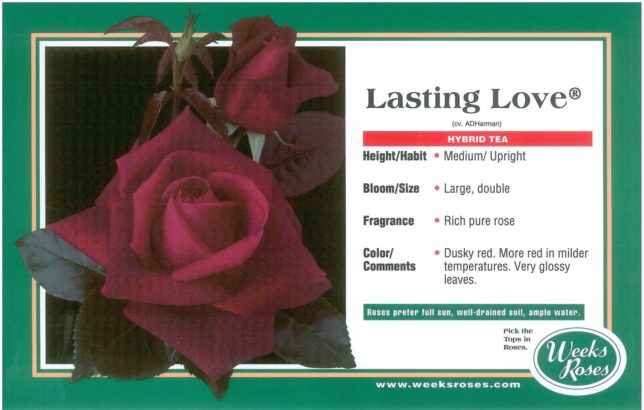
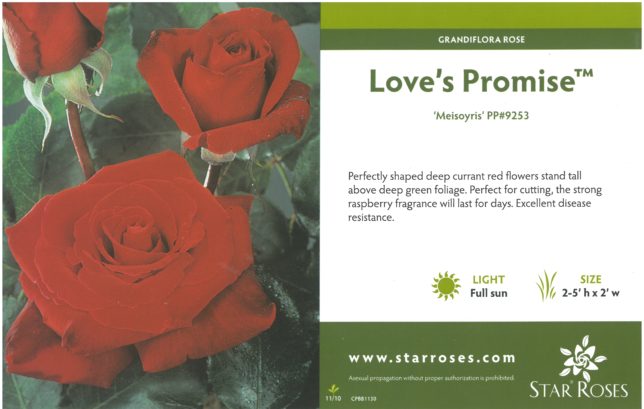
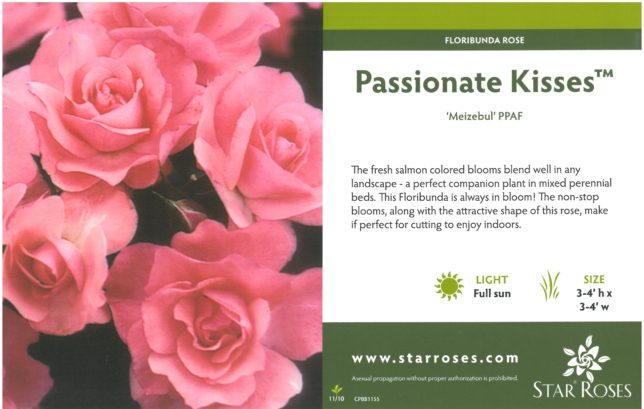
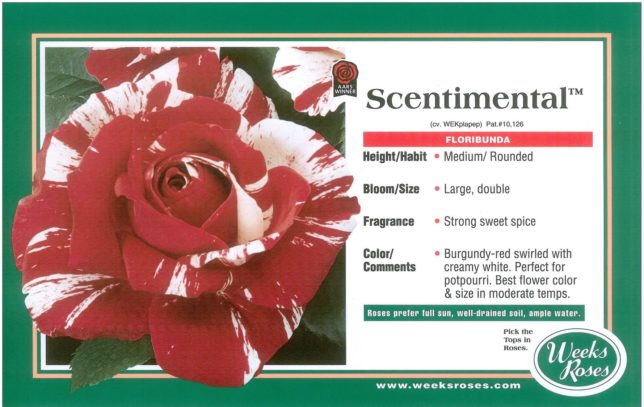
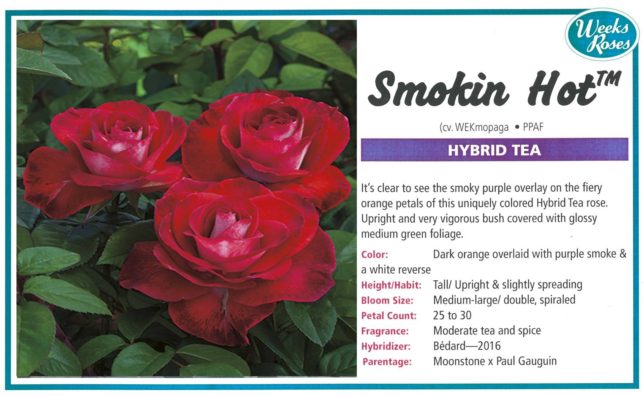
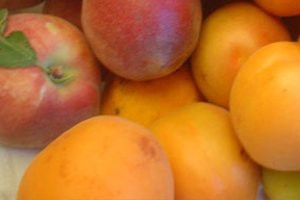 Pluots are amazing hybrid fruits that are part plum and part apricot in heritage. These fruits were initially developed in the late 20th century by Floyd Zaiger in neighboring San Joaquin Valley and are now happily grown commercially and in backyard orchards in parts of Washington and California.
Pluots are amazing hybrid fruits that are part plum and part apricot in heritage. These fruits were initially developed in the late 20th century by Floyd Zaiger in neighboring San Joaquin Valley and are now happily grown commercially and in backyard orchards in parts of Washington and California.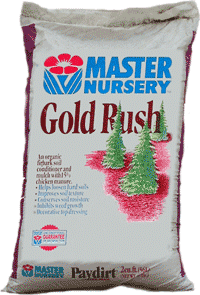 We recommend Gold Rush planting amendment when planting fruit trees. Gold Rush is a blend of Fir Bark Compost and 15% Chicken Manure.
We recommend Gold Rush planting amendment when planting fruit trees. Gold Rush is a blend of Fir Bark Compost and 15% Chicken Manure.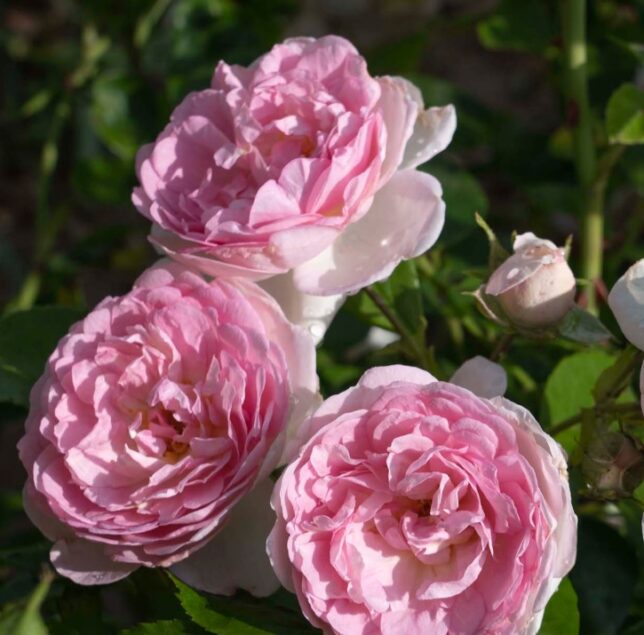
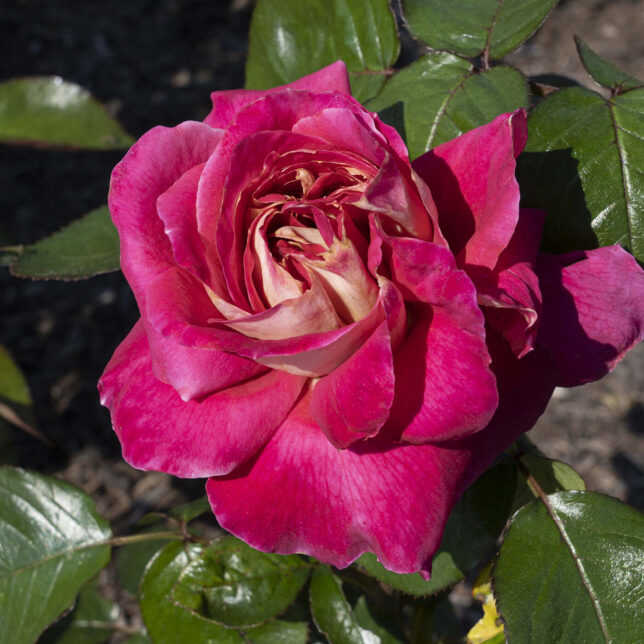
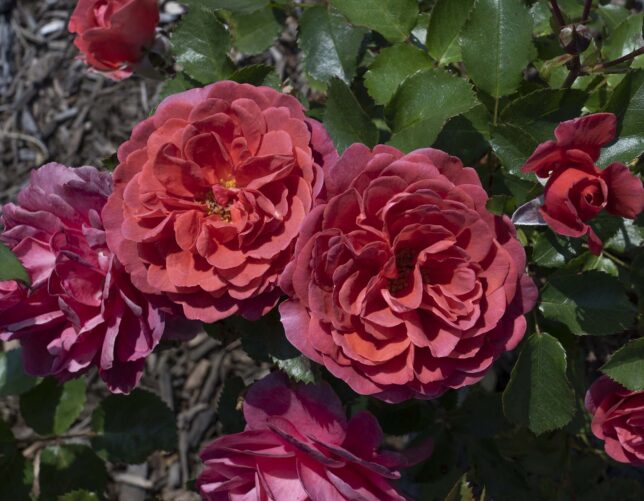
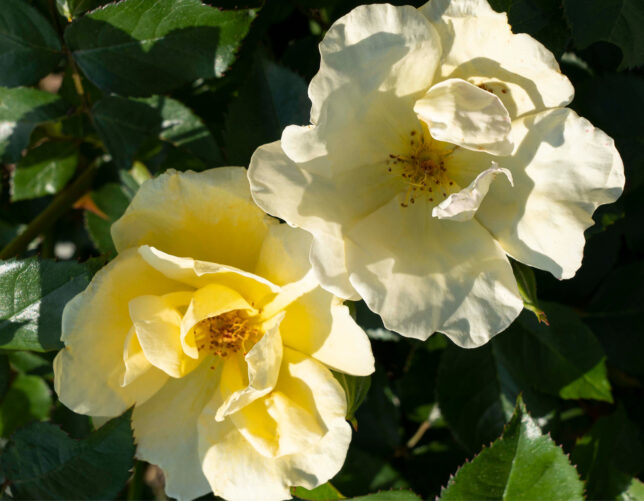
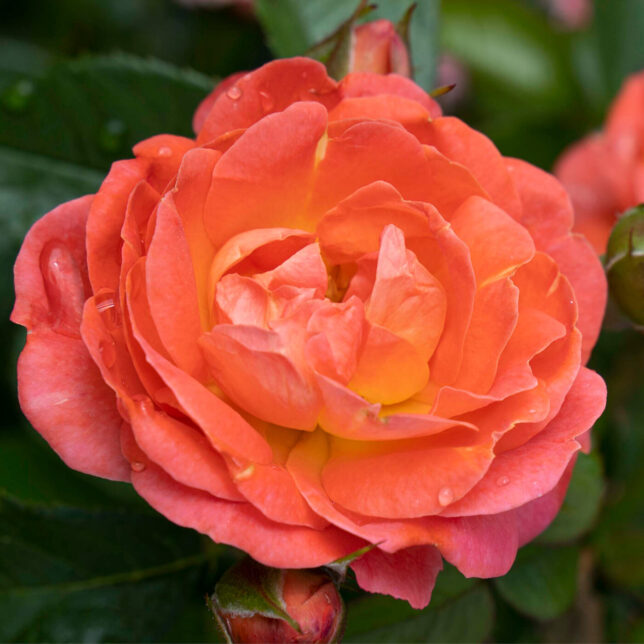
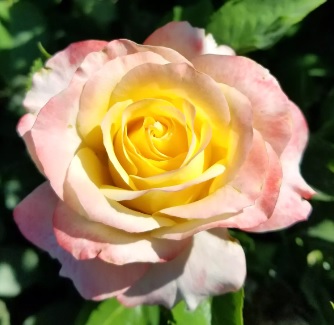
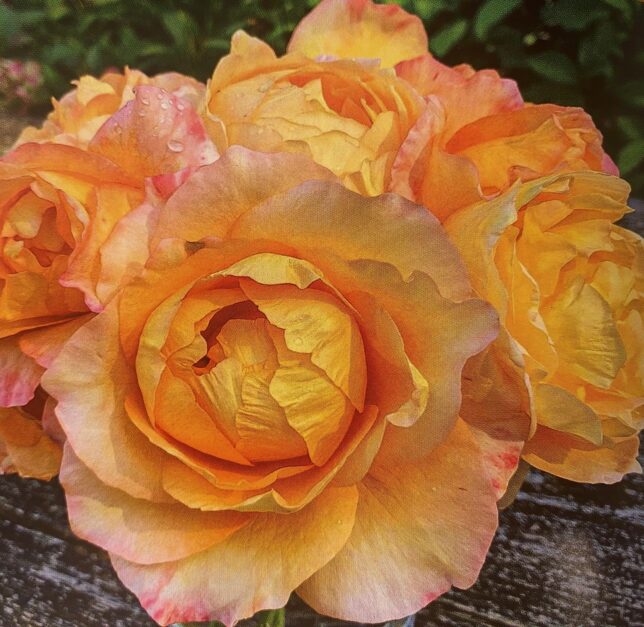
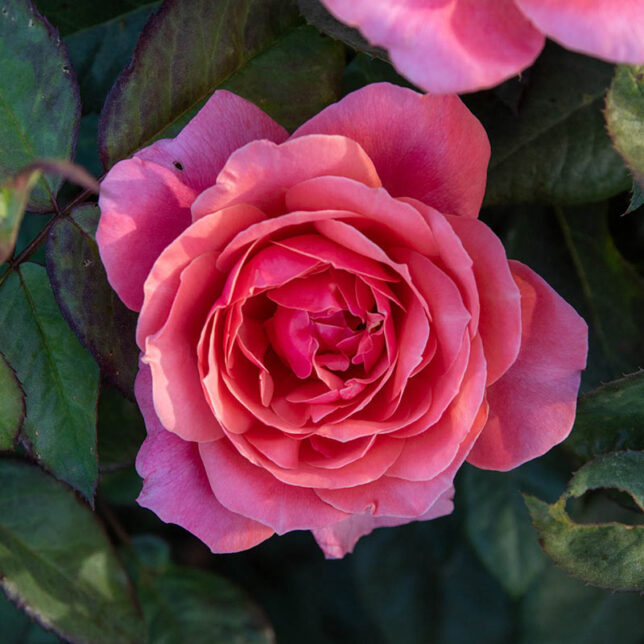
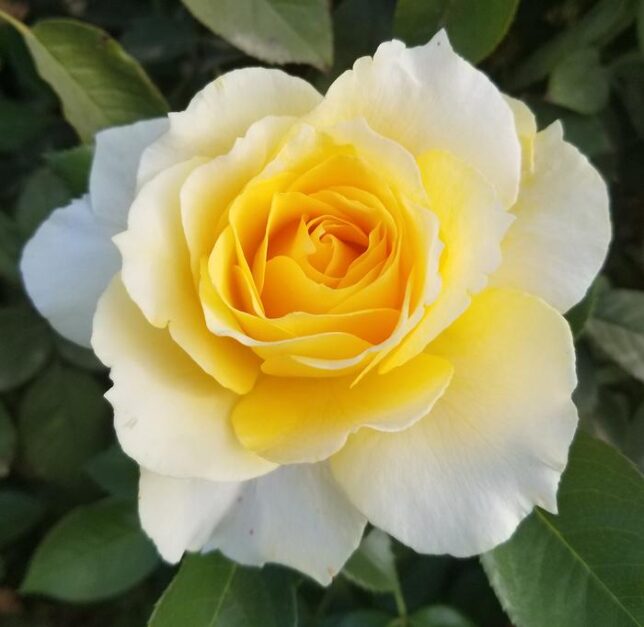
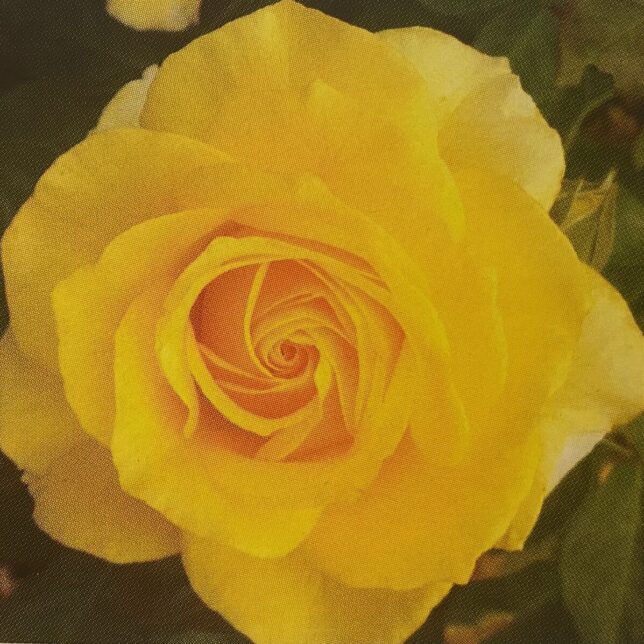
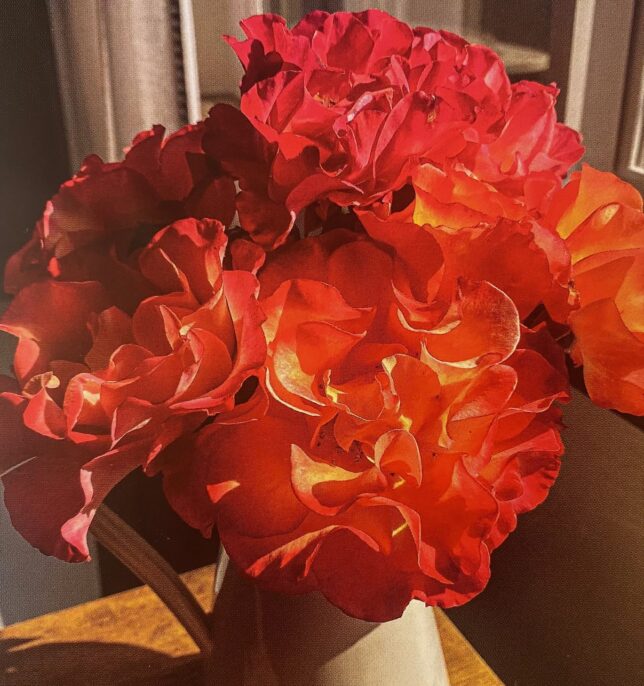
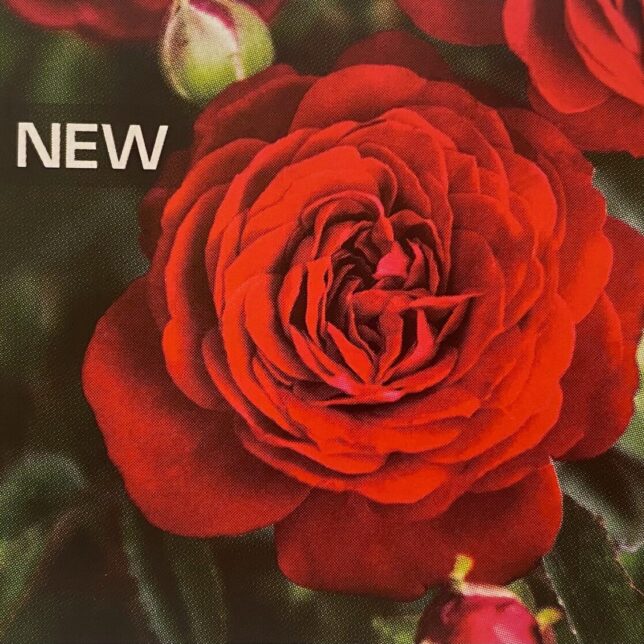
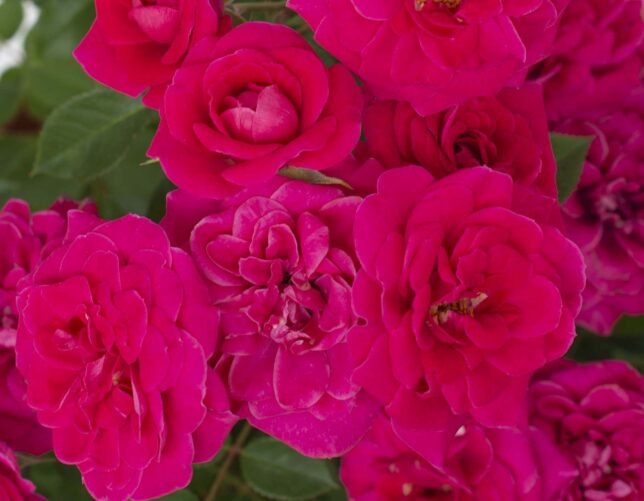
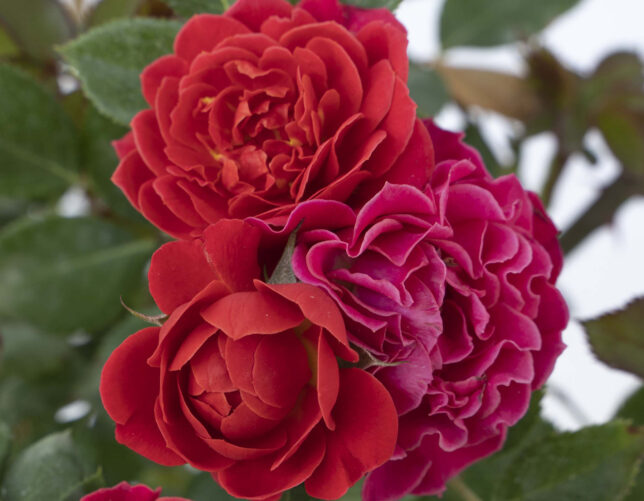
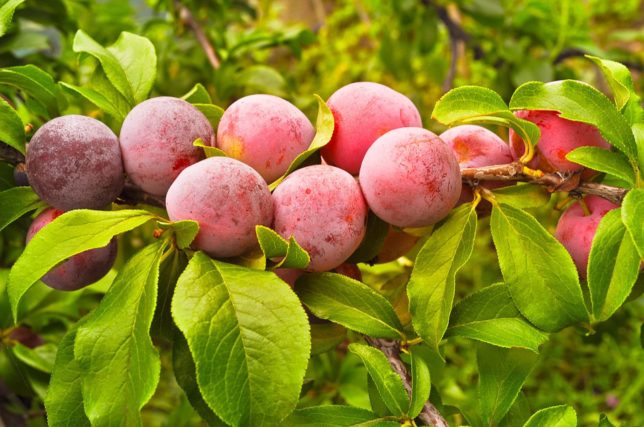
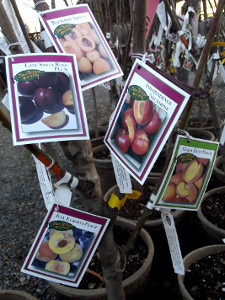 Multi-graft fruit trees include several varieties of fruit on the same tree. They save both space and effort while giving you variety and successive ripening in a small yard.
Multi-graft fruit trees include several varieties of fruit on the same tree. They save both space and effort while giving you variety and successive ripening in a small yard.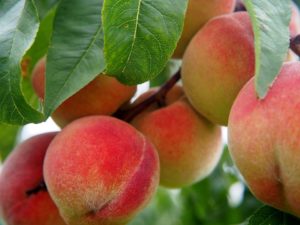 Multi-Graft fruit trees are perfect for today’s smaller yards. Trees grow on semi-dwarfing rootstock; small size means anyone can have their multiple fruit harvest within a 10 x 10 patch of yard or less. So even the smallest of gardens can be a source of fresh homegrown fruit. It is not the fruit that is small, but rather the tree.
Multi-Graft fruit trees are perfect for today’s smaller yards. Trees grow on semi-dwarfing rootstock; small size means anyone can have their multiple fruit harvest within a 10 x 10 patch of yard or less. So even the smallest of gardens can be a source of fresh homegrown fruit. It is not the fruit that is small, but rather the tree.